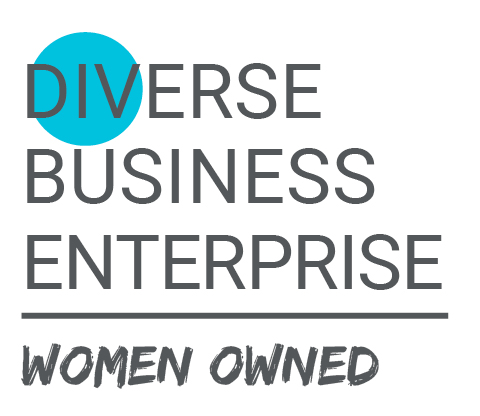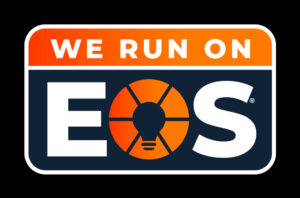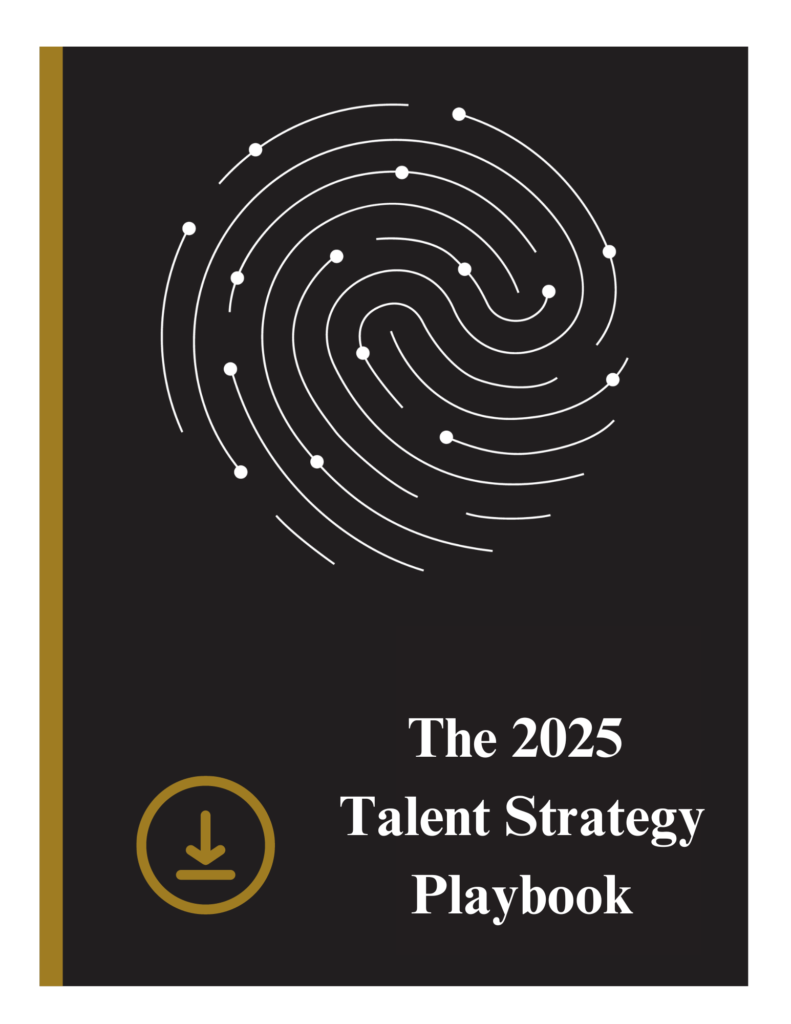How to Help Your Employees Advance in Their Careers
by Ashley Ward
Does your employee career mapping need a makeover? Let’s cover the basics. People are naturally driven to develop and progress throughout their careers. It is key to provide clear paths of mobility and opportunities for development to keep employees inclined to reach peak performance and expand the business.
Most commonly, career mapping has an upward trajectory but that is not always the case. A horizontal career lattice is ideal for employees that are itching for change without the desire to continue in the same direction. This gives people variety to choose a path that makes sense for them and decreases the likeliness to consider outside options of employment. Variety also helps people feel empowered to make a decision of how they get to where they want to go on their journey throughout their career.
Why is employee career mapping important?
A common contribution to employee dissatisfaction that could ultimately lead to dusting off the old resume can be attributed to the inability to advance throughout a career. Nonetheless, there are many contributing factors as to why employees seek new opportunities. Among the top reasons we are largely seeing that people have the desire for new challenges and are experiencing a lack of advancement opportunities. Additionally, equipping the workforce with avenues of development opportunities and mobility strengthens the potential for career satisfaction and longevity within an organization. It makes sense that people want to stay working for an organization that invests resources and time to help employees develop and succeed in their roles.
Stellar employees are eager to learn new skills and achieve the next level of their careers. Employers would be doing a disservice by not prioritizing varied avenues of career progression for all to adopt. From a business perspective, a few benefits include keeping employees engaged, motivated, and contributing to the greater goals of the company. The value of a career can be measured throughout the journey, whereas a one-stop destination is a job.
Not sure where to start?
If your organization currently has a strategy in place, take a moment to collect feedback from the workforce about the success of the program and seek an understanding of ways it can be improved. If there is not an existing career mapping plan in place, start with the basics.
- Start with the objectives and identify the goals of the position at each level.
- Uncover individualistic goals both short-term and long-term.
- Partner with employees to build a customized career progression plan that aligns with their goals and the objectives of the position.
- Follow that up with the implementation stage, which should properly provide clear benchmarks and guidance.
- Lastly, reflect and revamp as needed.
Career mapping looks different for every company and there is not one plan that reigns. Remember that people may redefine their career goals and redirect their careers in alignment. It’s important that leaders hold frequent communication with their teams to understand where people are at if goals have changed, and how they can best support people to achieve the next level in their career.
W Talent Solutions can help your organization map out careers for its employees. Reach out to chat with one of our talent optimization experts!



















